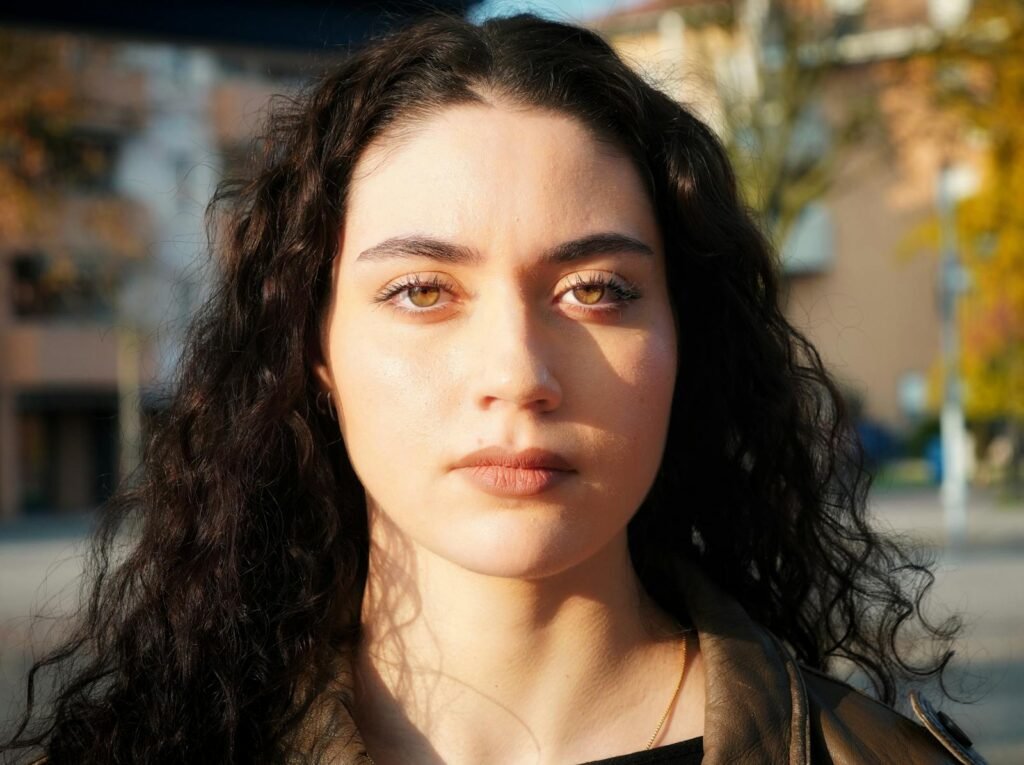It starts with a jolt of certainty: the movie line you swear you heard, the logo you could sketch from memory, the map you thought you knew – and then the record says otherwise. The Mandela Effect takes that jolt and turns it into a collective wobble, making millions wonder whether memory is the culprit or reality quietly shifted when no one was watching. Psychologists see an elegant, if unsettling, explanation rooted in how our brains stitch the past together on the fly. Meanwhile, physicists and philosophers field headier speculations about parallel worlds and branching timelines. Between sober science and goosebump lore lies a fascinating question that now sits squarely in the public conversation: where, exactly, do our memories end and our imaginations begin?
The Hidden Clues

Open a drawer of cultural trivia and the “hidden clues” spill out: a cartoon bear family whose surname looks different than you remember, a cereal logo missing a familiar cornucopia, a monocle that the Monopoly mascot never wore. The shock isn’t in any one example; it’s in how many people share the same wrong memory with striking confidence. That confidence, psychologists note, doesn’t guarantee accuracy; it signals how neatly a memory fits a mental template our brains prefer to use.
Those templates act like shortcuts, filling gaps with what feels right rather than what’s true. When a detail harmonizes with our expectations – formal bankers wear monocles, harvest imagery includes cornucopias – our minds can retrofit the past to match the story. The result is a crisp, vivid recollection built on scaffolding rather than stone, and when millions build similar scaffolds, it looks eerily like an alternate reality breaking through.
From Ancient Tools to Modern Science
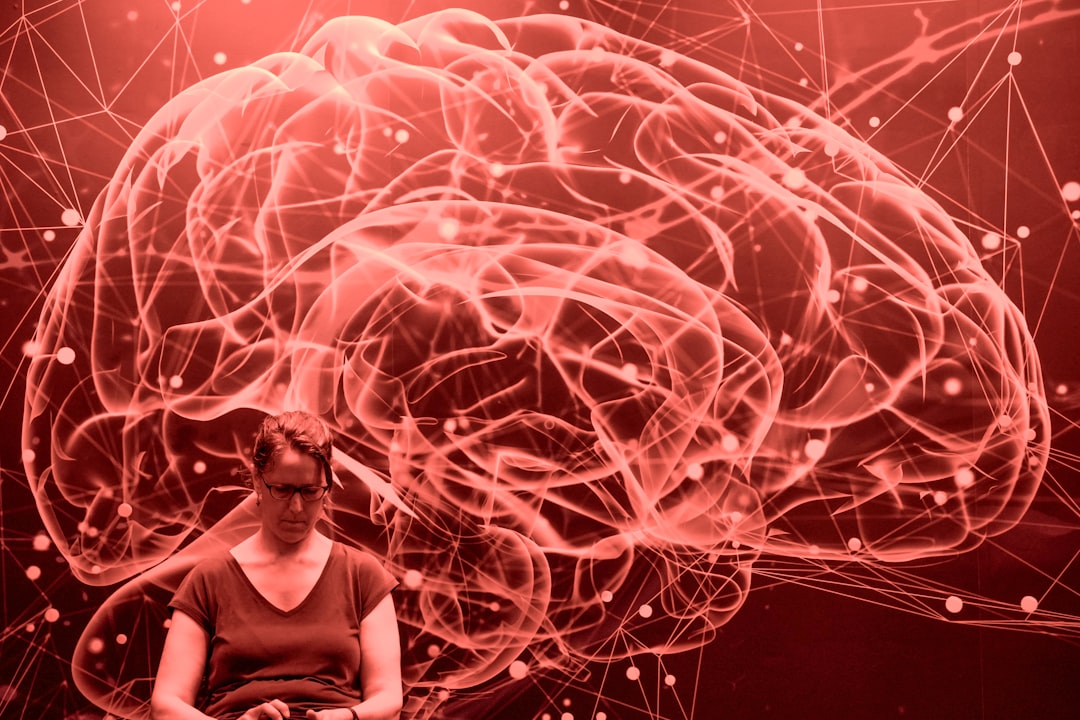
Memory science has a long arc, from early work on forgetting curves to classic studies showing that recollection is reconstructive, not replayed like a video. Mid‑twentieth‑century experiments revealed how wording changes can nudge eyewitnesses toward distorted details, laying the groundwork for what we now call misinformation effects. Later, schema theory explained how we rely on general knowledge to patch missing specifics in a scene.
Neuroimaging pushed this further by showing that remembering reactivates – but also edits – stored traces, especially when new information is introduced. The hippocampus, a hub for episodic memories, works with prefrontal regions to integrate gist and context, which is efficient but imperfect. Each retrieval is a chance to update, and under the right conditions, to overwrite – making conviction a poor proxy for truth.
The Cognitive Machinery
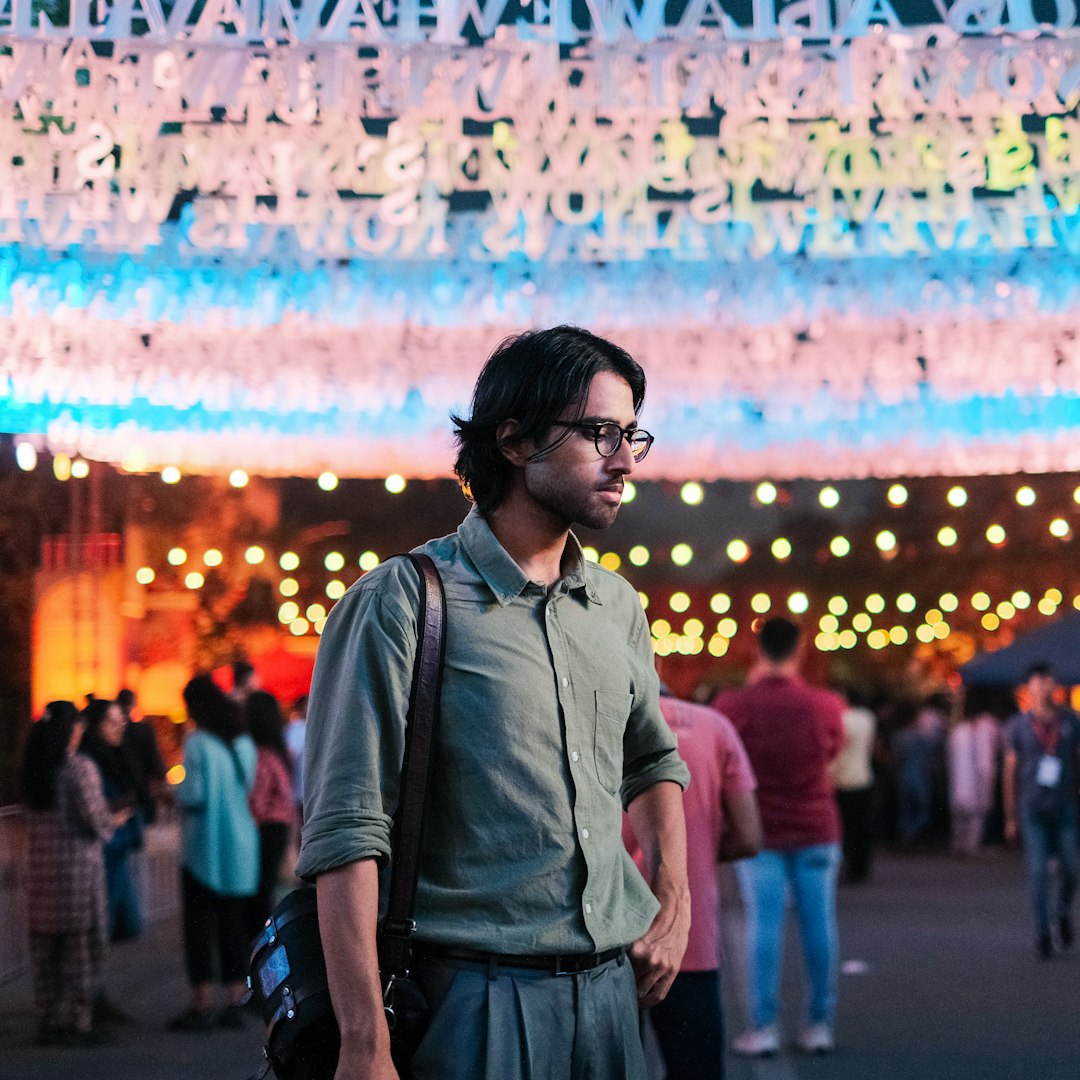
Think of memory as a newsroom with tight deadlines: reporters file fragments, editors impose a narrative, and late corrections can rewrite the front page. Our brains privilege gist, the broad strokes that capture meaning, while fine details are the first casualties of time. When details fade, we recruit patterns that have served us well before, a strategy that keeps us agile but prone to predictable errors.
Laboratory paradigms consistently produce “remembered” words that fit a theme yet never appeared on the list, revealing how easily inference masquerades as experience. Suggestion, expectation, and social context add fuel, especially when a detail matches a familiar cultural template. In short, the Mandela Effect is not a mystical glitch; it’s the cognitive machinery doing its job with a few tolerable trade‑offs.
The Internet’s Funhouse Mirror
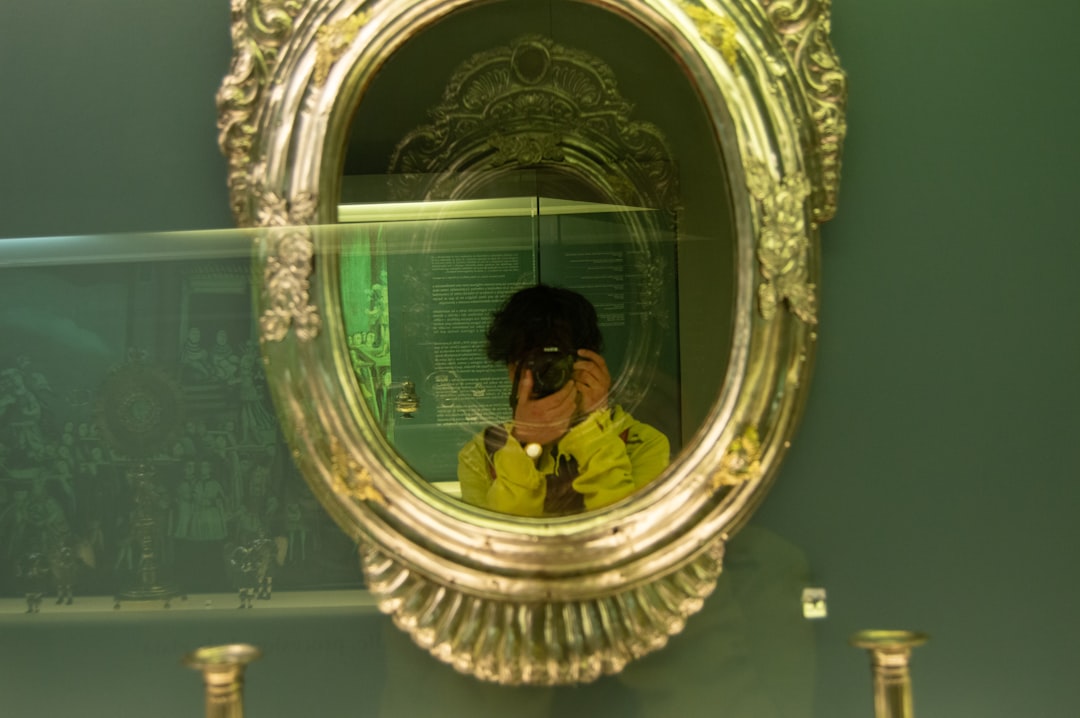
Online, those trade‑offs scale. Search results cluster around popular phrasings, autocomplete nudges queries toward common but incorrect forms, and image memes remix artifacts until the altered version eclipses the original. Once a mislabeled image spreads, repetition breeds plausibility, and individuals encountering it late in the cycle may mistake familiarity for accuracy.
Digital platforms also collapse timelines: a decades‑old redesign sits beside a fresh mock‑up, and context disappears with a swipe. Communities then co‑author narratives that stabilize the wrong detail, turning a solitary slip into a communal conviction. The funhouse effect is subtle, not sinister, but it’s enough to bend recollection for vast numbers of people in the same direction.
Why It Matters
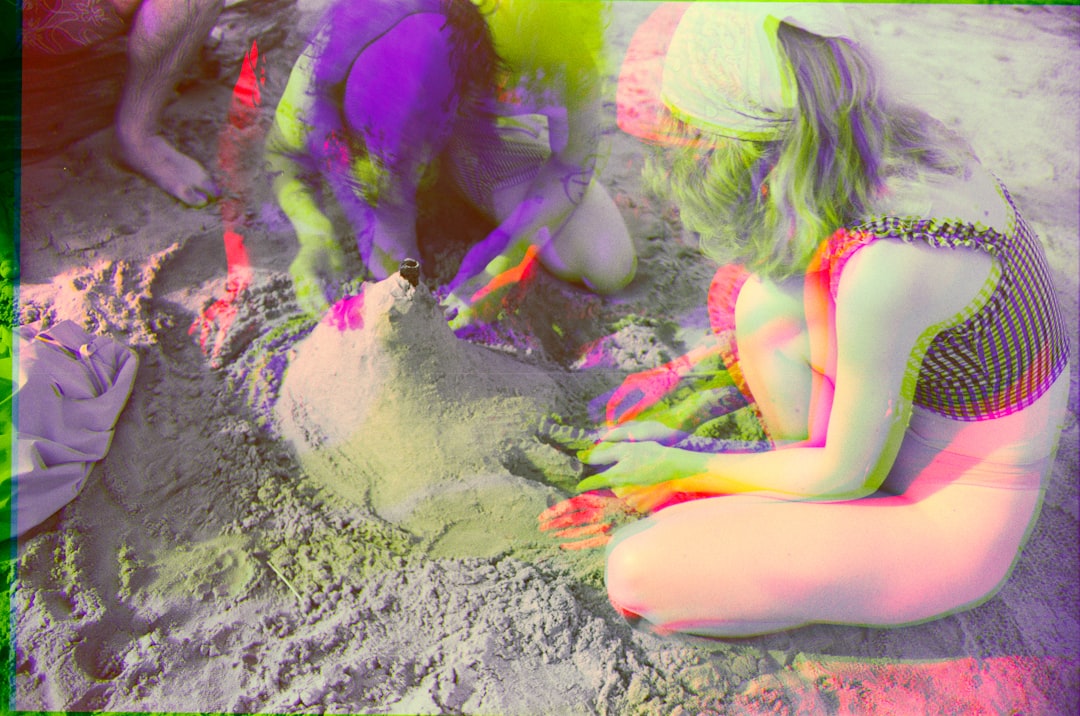
False memories aren’t just curiosities; they ripple across courtrooms, newsrooms, and classrooms. Eyewitness confidence, long treated as persuasive, can diverge from accuracy when suggestion, delay, or stress enter the picture. In public health, misremembered timelines or symptoms can skew self‑reports and complicate outbreak investigations.
Even mundane domains feel it: brand histories, maps, and product instructions get misrecalled, feeding disputes that drain attention from verifiable records. Traditional fact‑checking assumed that correction follows exposure, but research shows that repeated misinformation resists revision once woven into a personal narrative. Understanding the mechanics behind the Mandela Effect helps institutions design better safeguards that respect human memory’s strengths and shore up its weaknesses.
Global Perspectives

Collective misremembering crosses borders, yet the details often reflect local culture and language. A pun in one language becomes a false “original” in another; a brand’s regional logo sets expectations that clash with global versions. What looks like a universe split may simply be parallel marketing histories slipping past each other online.
Education systems add another layer, as mnemonics and textbook simplifications lean on gist to make facts stick. When people later encounter precise but unfamiliar versions – a country’s shifted borders, a revised scientific term – the correction feels like a reality edit rather than a curriculum update. The global internet stitches these regional threads together, amplifying the sense that worlds have collided.
The Evidence File
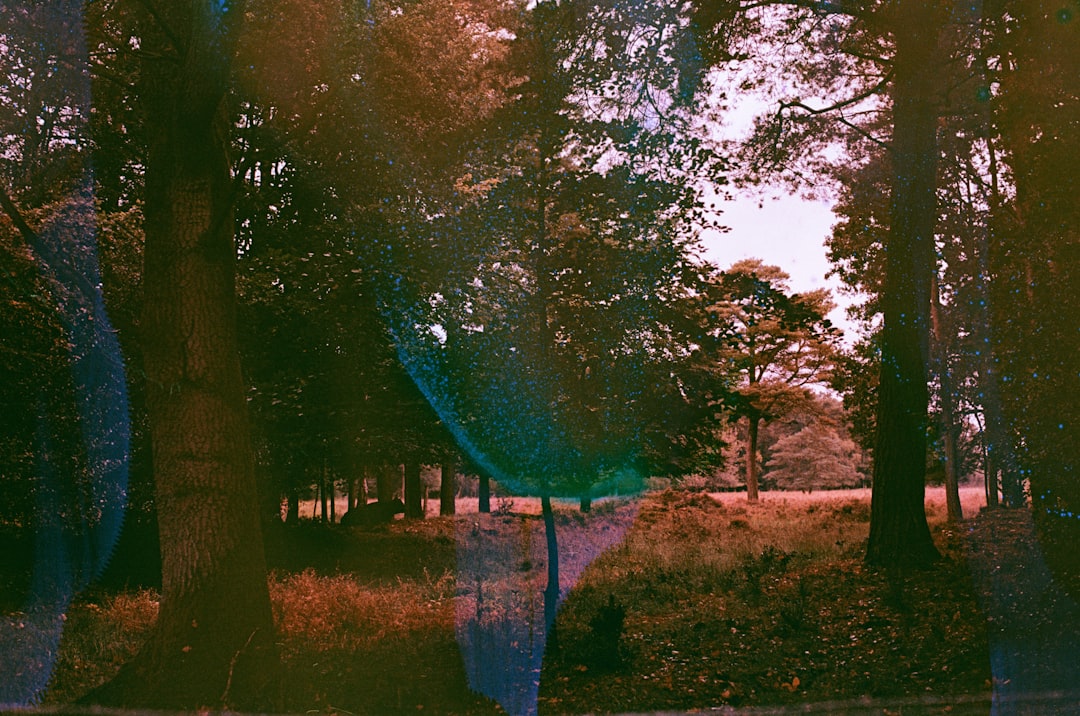
When researchers probe collective false memories, patterns emerge that are hard to reconcile with literal multiverse leakage. People tend to “remember” details that are thematically or visually consistent with prototypes, favoring narrative coherence over raw fidelity. Crucially, these errors can be induced and measured in controlled settings that manipulate expectation and suggestion.
Neural evidence aligns: reactivation during recall opens a window in which memories can be strengthened, updated, or distorted by new cues. The same plasticity that lets you learn quickly also lets your recollections drift, especially when you revisit them many times. The Mandela Effect, under the microscope, looks like a population‑level version of well‑documented memory illusions.
The Future Landscape
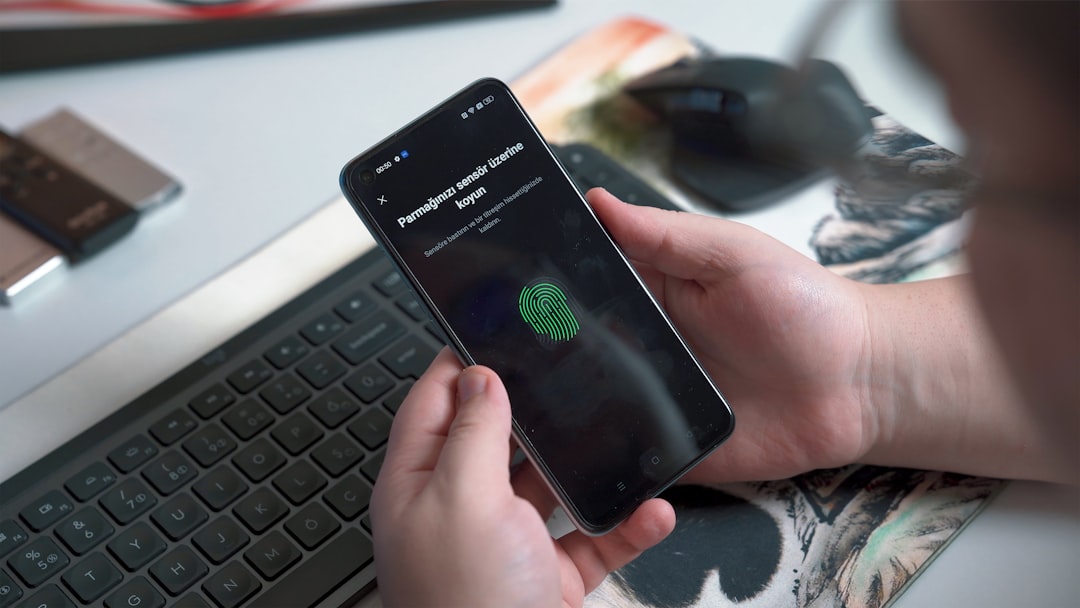
Emerging tools aim to anchor facts before they blur. Cryptographic time‑stamps can lock official records, while provenance metadata can tag images and audio with verifiable capture details. As generative media proliferates, detectors that analyze compression patterns and sensor noise will help separate originals from artful fakes.
On the cognitive side, personalized prompts may flag high‑conflict memories and surface primary sources at the moment of recall. Expect education to shift toward teaching uncertainty handling – how to weigh recollection against documentation without cynicism. The broader challenge will be cultural: building norms that reward correction without embarrassment and treat memory as a living draft, not a verdict.
What You Can Do Now
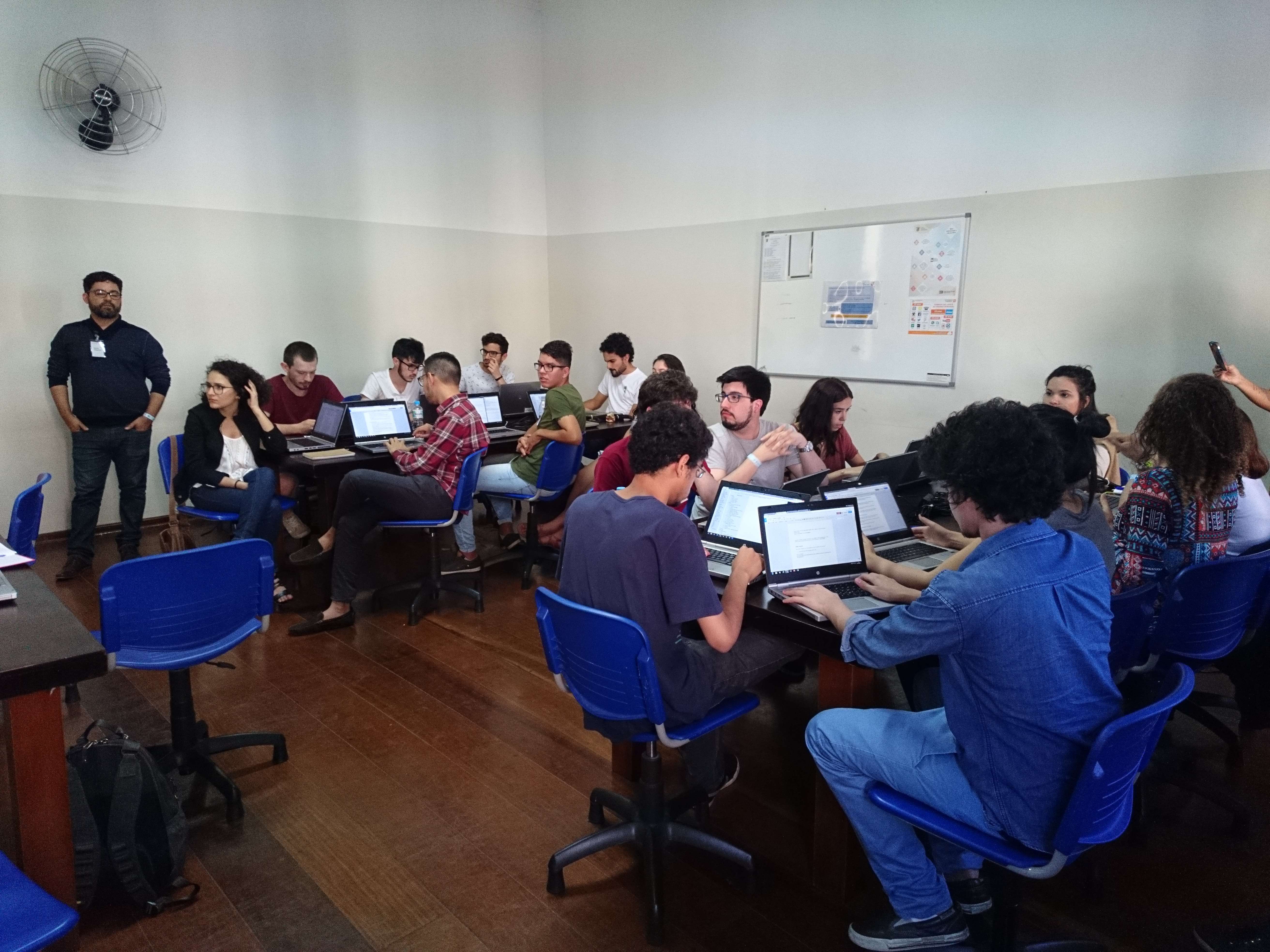
Start by treating certainty as a cue to double‑check rather than a badge of correctness. When a detail feels obvious, look for original sources – archived photos, first editions, or official brand histories – before sharing. If you discover you were wrong, say so plainly; normalizing small corrections makes big ones easier for everyone.
Curate your information diet by following outlets that show their work and update transparently. Support open digital archives and community projects that preserve primary materials, from public data to historical ephemera. Small habits – saving a link, labeling an image, noting a date – add up to a personal antidote against a very human illusion.

Suhail Ahmed is a passionate digital professional and nature enthusiast with over 8 years of experience in content strategy, SEO, web development, and digital operations. Alongside his freelance journey, Suhail actively contributes to nature and wildlife platforms like Discover Wildlife, where he channels his curiosity for the planet into engaging, educational storytelling.
With a strong background in managing digital ecosystems — from ecommerce stores and WordPress websites to social media and automation — Suhail merges technical precision with creative insight. His content reflects a rare balance: SEO-friendly yet deeply human, data-informed yet emotionally resonant.
Driven by a love for discovery and storytelling, Suhail believes in using digital platforms to amplify causes that matter — especially those protecting Earth’s biodiversity and inspiring sustainable living. Whether he’s managing online projects or crafting wildlife content, his goal remains the same: to inform, inspire, and leave a positive digital footprint.



